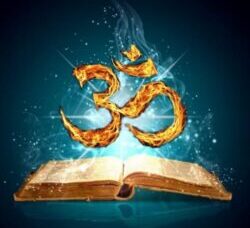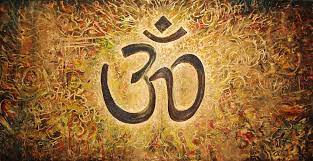Introduction of Sanatana Dharma
Sanatana Dharma is one of the oldest and most influential religions in the world. It is an ancient Indian spiritual practice that dates back thousands of years and continues to shape Hinduism, Buddhism, and other faiths today. While Sanatana Dharma has a rich and complex history, this blog post will provide a brief overview of some of its key concepts and beliefs. We will explore the meaning of Sanatana Dharma, its core teachings, and how it has evolved over time.
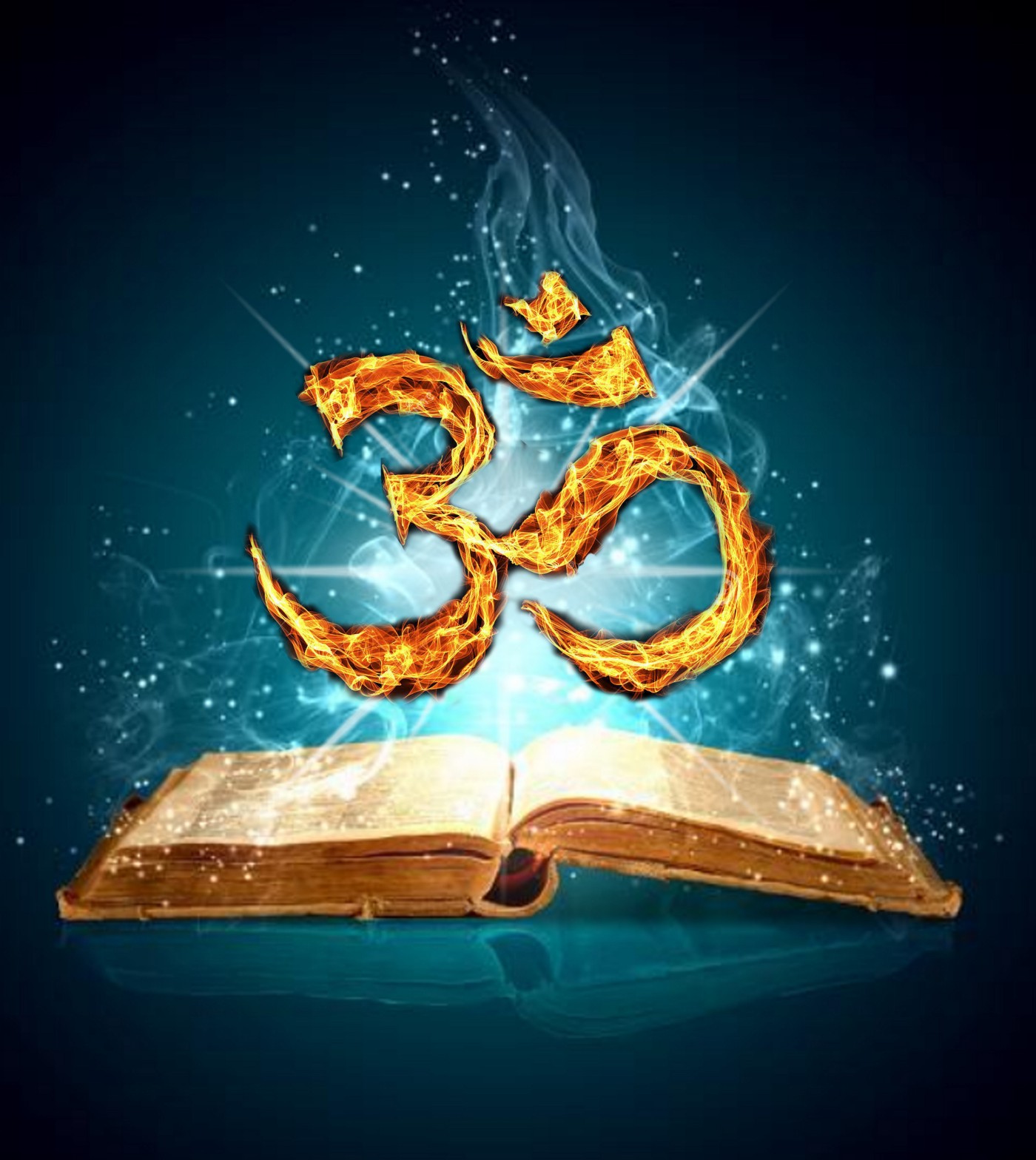 The Origins of Sanatana Dharma
The Origins of Sanatana Dharma
Sanatana Dharma, or Hinduism, is one of the oldest religions in the world. It is believed to have originated in India more than five thousand years ago and is still practiced by millions of people today.
Sanatana Dharma is a term that refers to an ancient spiritual path that can be traced back to the Vedic period in India. Its teachings are based on the belief that there is a Divine Truth at the core of all living things and that each individual has the power to experience and express this Truth.
The foundation of Sanatana Dharma is known as the Four Pillars: Dharma (righteousness), Artha (wealth), Kama (pleasure) and Moksha (liberation). The goal of Sanatana Dharma is to achieve spiritual liberation through these four pillars.
In addition to its teachings, Sanatana Dharma has many rituals, prayers and ceremonies that are performed to honor gods and goddesses and celebrate important moments in life. The practice of yoga, which incorporates physical postures, breathing exercises and meditation, is also integral to the religion.
Sanatana Dharma has evolved over time, incorporating new beliefs and practices from other cultures. Despite these changes, however, it remains one of the oldest and most widespread religions in the world. Today, for example, about twenty percent of all Indians identify themselves as Hindus. In some areas of India where Islam and Christianity have had more influence on locals’ culture and customs, Hindus may only make up about fifteen percent of the population.
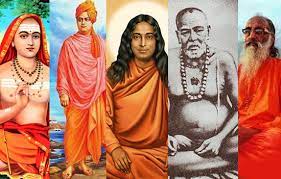 The Spread of Sanatana Dharma
The Spread of Sanatana Dharma
The roots of Sanatana Dharma, also known as Hinduism, can be traced back to the Vedic period of India’s history. It is an ancient faith system that has been passed down and practiced for thousands of years. Over time, Sanatana Dharma spread to different regions of the world.
Sanatana Dharma began to spread beyond India in the 7th century BC, when the religion was adopted by the ruling Achaemenid Empire of Persia. During this time, the Vedas were translated into the Avestan language, which made the teachings more accessible to people outside of India.
In the 6th century BC, Sanatana Dharma was taken up by Alexander the Great as he expanded his empire throughout Central Asia and the Middle East. The Persian version of Sanatana Dharma eventually evolved into Zoroastrianism, a major religion in Persia at the time.
In the 4th century BC, Emperor Ashoka of India sent Buddhist missionaries to Sri Lanka, Myanmar, Thailand, and other parts of Southeast Asia. As a result, Buddhism spread across the region and Sanatana Dharma began to take root in many of these countries.
Sanatana Dharma also spread to East Asia during the 1st century AD. At this time, traders from the Indian subcontinent brought the religion to China, where it became known as the Teachings of the Enlightened One. Later on, Indian monks such as Bodhidharma took Sanatana Dharma to Japan, where it was known as Zen Buddhism.
Today, Sanatana Dharma remains one of the world’s oldest religions and continues to be practiced in many countries around the globe. Despite its long history and global presence, Sanatana Dharma still has much to teach us about how to live meaningful lives with compassion and love.
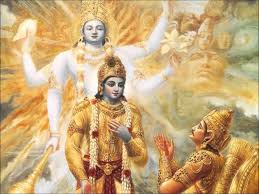 The Modern Era of Sanatana Dharma
The Modern Era of Sanatana Dharma
Sanatana Dharma, also known as Hinduism, is one of the world’s oldest living religions. Originating in India, it is considered to be the original religion of the subcontinent. Sanatana Dharma has a long and fascinating history that has been passed down through generations of practitioners.
In modern times, Sanatana Dharma has experienced a resurgence in popularity and is practiced by millions of people around the world. This is due in part to increased accessibility of information about the religion, including literature and online resources. In addition, various organizations such as the International Society for Krishna Consciousness (ISKCON), founded by A.C. Bhaktivedanta Swami Prabhupada in 1966, have helped spread awareness of the religion across the globe.
Today, Sanatana Dharma is an important part of many people’s lives and is celebrated with festivals such as Diwali, Holi, Navratri, and Durga Puja. Practices such as meditation, yoga, and chanting of mantras are commonly observed by devotees. Additionally, temples dedicated to various deities are widespread throughout India and other countries where Sanatana Dharma is practiced.
Sanatana Dharma continues to inspire people around the world with its spiritual teachings and practices. Its history is a reminder of the importance of preserving culture and tradition while adapting to changing times. As more people turn towards Sanatana Dharma for answers and guidance, this ancient faith will continue to thrive into the future. What does Sanatana Dharma mean?
The term sanatana dharma translates to eternal law or eternal duty. It symbolizes the traditions and beliefs of the Hindus who live their life according to what they believe is their duty in life. What are some popular practices in sanatana dharma? Practices include reciting mantras, meditating on deities, performing fire rituals called yajna, studying scripture, practicing yoga, following strict vegetarian diets called ahimsa. One very well-known deity in the Hindu pantheon is Lord Ganesha. His elephant head makes him recognizable to most people around the world, but he is revered for so much more than just his appearance.
Ganesha was born from Parvati and Shiva when his mother was unable to give birth herself. He is honored because he removes obstacles and protects against misfortune.
There are many stories of how Ganesha became so widely worshipped; however, two explanations stand out above all others:
1) One legend tells how Ganesha consumed sugarcane before he could understand the effects of eating too much sugar which left him dazed and confused. When Ganesha’s father, Shiva, tried to find someone who could make sense of his son’s erratic behavior there was only one man wise enough to solve the problem – Brahma himself!
 Conclusion
Conclusion
In conclusion, Sanatana Dharma is a set of beliefs and principles that has been around for thousands of years. It is a way of life that is deeply rooted in Hinduism and has guided many individuals in understanding the spiritual world and its mysteries. Sanatana Dharma is a philosophy that encompasses all aspects of life from the physical to the spiritual and encourages one to strive for a life of truth, purity, and oneness with the divine. It has played an important role in Indian culture for centuries, and continues to do so today.
This article is bases on available research by world wide historians but this is not the end of research.
Please like share and join us
